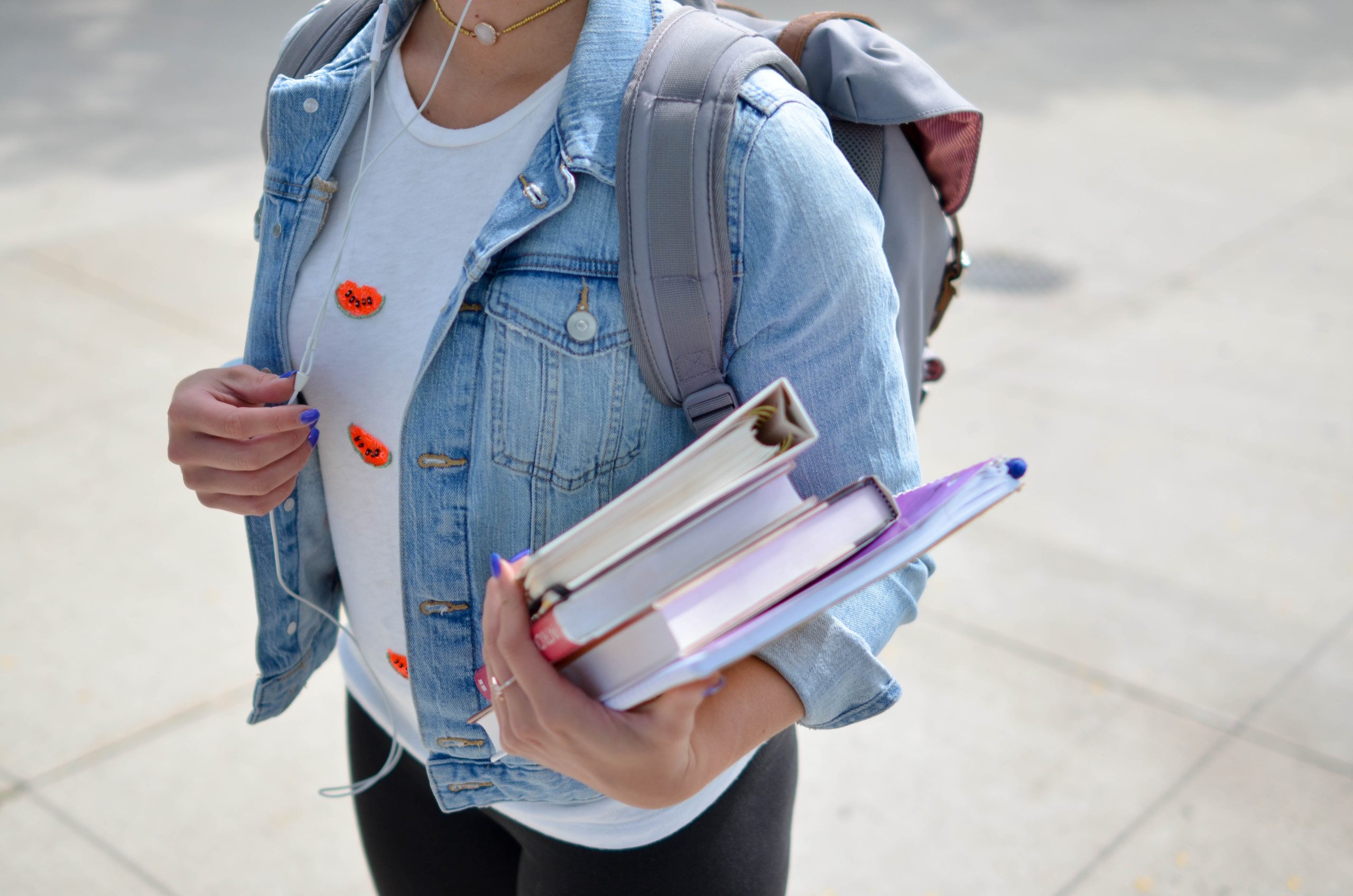It’s that time of year again – and as we gear up to brave the retail stores to fulfill that long list of school items demanded of us…we may be at a loss as to how to go about doing so sustainably.
The Problem
As you may already know, the production of consumer goods come with the environmental cost of greenhouse gas emissions, and while there is only so much you can do to curb that impact, understanding the relationship between consumer demand and the impact of production is a good first step.
While you may not be able to reduce the size of your school’s supply list (as much as we’re sure you’d like to), with some extra planning and research you can reduce the classroom’s carbon footprint.
Solutions & Alternatives
Use what you have
One obvious solution to reducing your consumer impact is by assessing what you already have. Most likely you already own a good portion of what you need. By taking inventory of your household’s supplies, you’ll find that your to-get list is a little shorter.
One of the best sustainability habits you could implement is using up what you already have, which can be easier said than done when you’re not sure what’s floating around your house. A busy life style, messy housemates and kids may make this goal even harder to achieve, but you can start with some basics:
- Ensure that everything has a place. If you don’t know where to put something, invent a storage location for it and like-items.
- Putting labels on storage cubbies, tubs, and even cabinets can help you remember where things belong.
- Keep an inventory list. Better yet, make it digital and print a QR code to the online document so that you can easily keep items categorized and up to date.
Second-hand Shopping
While not all school supplies are appropriate to purchase second-hand (we suggest always using safe practices for thrift store shopping) you can reduce your carbon footprint (and your expenses!) by buying what’s already available. Clothes, pencils, clip boards, and even crafting supplies or desk organizers are some things you might find at your local thrift store.
Another idea is to encourage local reusability by buying from and putting up garage sales, or giving your second-hand items to your neighbor who could use them. Maybe you have a friend or neighbor who’s child has grown out of their old clothes that would perfectly suit your child’s needs. Getting to know your community has many eco-friendly perks!
Lastly, there are other second-hand programs that could help you and the planet, such as Backmarket.com, which sells used and refurbished electronics at low prices. According to their website,
“A refurbished smartphone uses 91.3% less raw materials, 86.4% less water, generates 89% less e-waste, and puts 91.6% less carbon emissions into our atmosphere compared to brand new. And that’s just on average.”
Additionally, if your student is in college they may be able to reduce their paper, pencil, and ink waste by going digital. There are so many note-taking and textbook apps for ipad and android that can replace traditional school supplies. Check out this article for more details.
Buying Sustainably
The items left on your list that can’t be bought second-hand can still be purchased conscientiously by buying from brands that are eco-friendly or understanding what products to avoid. For example, smallfootprintfamily.com points out in their article “10 Tips for a Healthy, Eco-friendly Back-to-School” that it’s best to avoid buying backpacks that have PVC in them, which can be hazard to your child as well as to the environment, and instead opt for backpacks that have natural canvas or recycled PET.
Bigger retailers are also hopping on the eco-friendly bandwagon, and it’s easier than ever before to find (more) sustainable items at your local retailer. Remember to read labels and do some additional research before your big shopping trip; the information will help you navigate around greenwashing.
Here are some things you may want to consider when you are purchasing your school supply:
- How reusable is it?
- Does it contain toxic chemicals?
- Is it made with sustainably sourced materials?
- Is it fair-trade?
- Was it tested on animals?
- Is the manufacturer using best conservation practices?
You can look for labels such as these to help answer the questions above:

Read this article on EcoWatch to learn more about these labels.
To Conclude
Living sustainably isn’t about being perfectly zero-waste or making perfect consumer choices: in fact, it is practically impossible to do so. However, your impact does matter, and the more you learn and practice the better our planet fares. We hope you find this sustainability guide helpful for your school shopping this season, and as always, thank you for your sustainable efforts!



